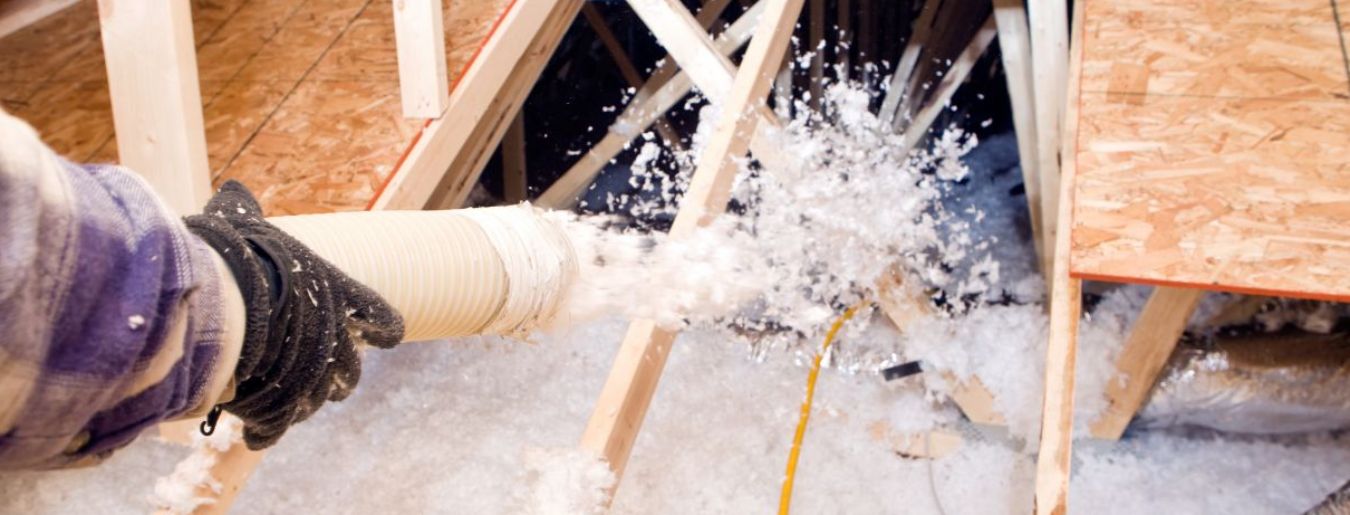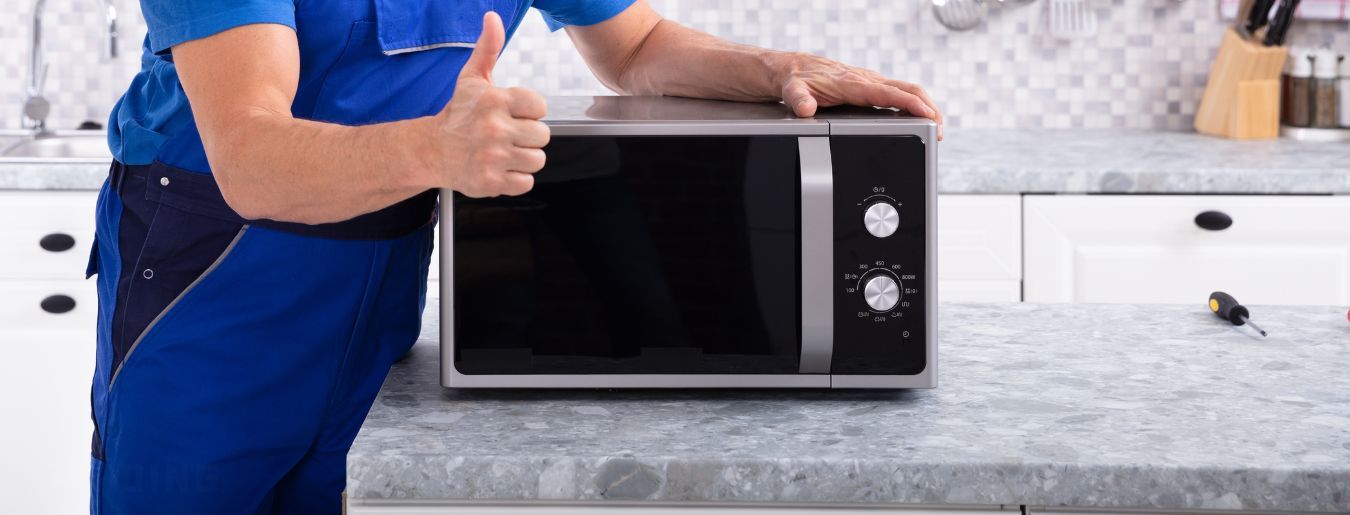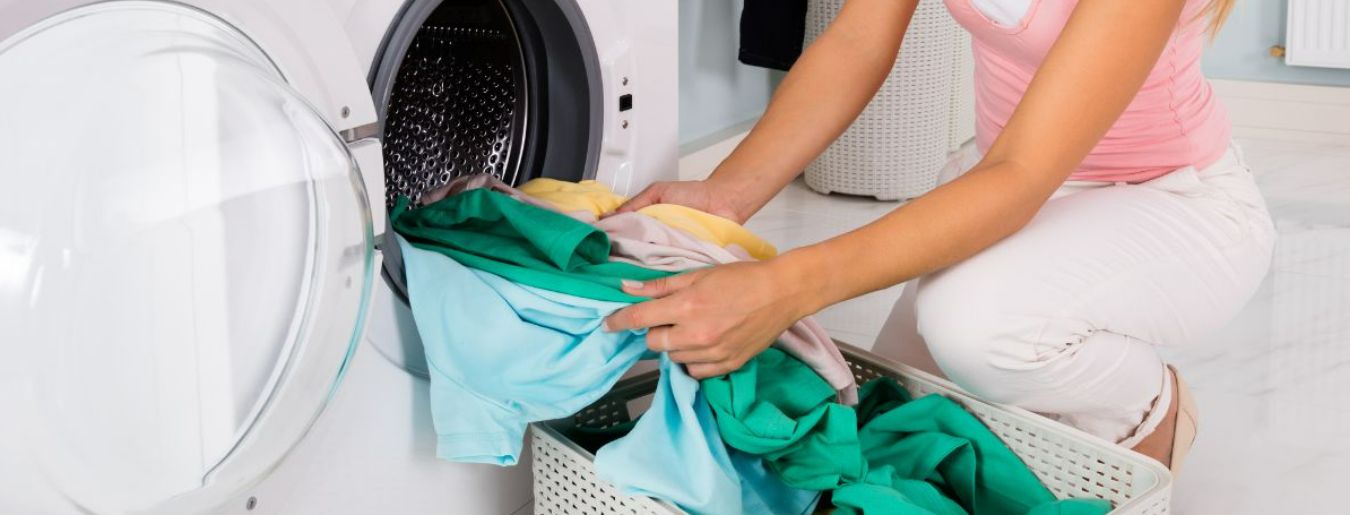Having an attic fan in your home can be incredibly beneficial, as it helps circulation and improves the overall air quality. However, if your attic fan is not working properly, it can lead to various issues that can affect your comfort and even your health. In this article, we will discuss the importance of an attic fan, the potential consequences of a non-working one, how to identify common problems, steps to troubleshoot your attic fan, quick fixes you can try, and when to call a professional.
The Role of an Attic Fan in Your Home
The primary function of an attic fan is to exhaust hot air from your attic. During hot summer days, the temperature in your attic can skyrocket, reaching well above the outdoor temperature. If this excessive heat is not expelled, it can seep into your living space, making your home uncomfortably hot and increasing your cooling costs. By pulling hot air out of your attic, an attic fan helps to maintain a more comfortable temperature and reduces the workload on your air conditioner.
Potential Consequences of a Non-Working Attic Fan
Here are the potential consequences of a non-working attic fan listed in bullet points:
-
Increased Heat Accumulation: Without an operational attic fan, hot air gets trapped in the attic, significantly raising the temperature. This heat can spread to the rest of the home, making it uncomfortably hot, particularly during summer.
-
Damage to Insulation and Increased Energy Costs: The trapped heat can degrade the quality of your home's insulation, potentially leading to higher energy bills due to the air conditioning system working overtime to cool down the house.
-
Mold and Mildew Growth: Inadequate attic ventilation can create a humid environment ideal for the growth of mold and mildew, posing health risks and potential damage to home structures.
-
Reduced Roof Lifespan: The excess heat in the attic can cause the roofing shingles to deteriorate faster, leading to premature aging, potential leaks, and costly roof repairs or replacement.
-
Increased Indoor Air Pollutants: A non-working attic fan can lead to stagnant air that harbors dust mites, allergens, and other pollutants, which can seep into living areas and aggravate respiratory conditions, particularly for those with allergies or asthma.
-
Decreased Energy Efficiency: The hot air in the attic can make it more difficult for the air conditioning system to efficiently cool the home, resulting in longer cooling cycles, increased energy consumption, and higher utility bills.

Get Home Warranty Quotes
from Top Rated Authorized
Partners
Get a Quote
Identifying Common Attic Fan Problems
If you suspect that your attic fan is not working correctly, it is essential to identify the problem before attempting any fixes. Here are some common issues you may encounter:
Noisy Attic Fan: Causes and Solutions
A noisy attic fan can be quite irritating, and the sources of this noise can vary. Loose or damaged fan blades, worn-out bearings, or an imbalanced fan are typical causes of a noisy attic fan. To address these issues, start by examining the fan blades for any damage or signs of wear. Tighten any loose blades or replace them if necessary. If the noise persists, the bearings might need lubrication or replacement.
Another potential cause of a noisy attic fan is improper installation. If the fan is not securely mounted or if there are gaps between the fan and the attic opening, it can create vibrations and noise. Ensure that the fan is properly installed and sealed to minimize any unnecessary noise.
Attic Fan Not Turning On: Possible Reasons
If your attic fan fails to turn on, there could be several possible reasons. Before assuming the worst, check if the power source is connected correctly and there are no tripped breakers or blown fuses. Inspect the fan's motor for any signs of damage or overheating. The thermostat might be faulty or improperly setting the temperature threshold. Addressing these issues should help get your attic fan up and running again.
In some cases, the issue may lie with the fan's wiring. Over time, wiring connections can become loose or damaged, preventing the fan from receiving power. It is important to carefully inspect the wiring and ensure that all connections are secure. If any wiring issues are found, consult a professional electrician to safely resolve the problem.
Inefficient Cooling: Why Your Attic Fan Isn't Cooling
If your attic fan is not providing adequate cooling, there are a few potential causes to consider. First, ensure that your attic fan is the appropriate size for your attic space. An undersized attic fan will struggle to cool the area effectively. Check for any obstructions or blockages that may be hindering airflow. Clear away any debris, such as leaves or insulation, that could be impeding the fan's performance.
Another factor that can affect the cooling efficiency of your attic fan is the insulation in your attic. Insufficient insulation or improper installation can lead to heat transfer, making it harder for the fan to cool the space. Consider adding or upgrading insulation to improve the overall effectiveness of your attic fan.
Lastly, it is crucial to regularly clean and maintain your attic fan to ensure optimal performance. Over time, the fan's blades might accumulate dirt, dust, or debris, reducing their efficiency. Clean the blades thoroughly using a soft brush or compressed air to restore their cooling performance.
Steps to Troubleshoot Your Attic Fan
Now that you have identified some common attic fan problems, it's time to troubleshoot and find a solution. Here are a few steps you can take:
Attic fans are essential for maintaining proper ventilation and temperature control in your home. They help remove excess heat and moisture from the attic, which can prevent issues such as mold growth and roof damage. However, when your attic fan malfunctions, it can lead to inefficient cooling and increased energy bills.
Checking the Power Source
Start by ensuring that your attic fan is receiving power. Check the electrical connections and make sure they are secure. If you have a switch or controller for your attic fan, verify that it is functioning correctly. Inspect the power cord for any damage.
It's important to remember that attic fans should be installed by a professional to ensure safety and proper functioning. Improper installation can lead to electrical hazards and performance issues. If you are unsure about the installation of your attic fan, consider contacting a licensed electrician for assistance.
Inspecting the Fan Blades
Examine the fan blades for any signs of damage or obstruction. Make sure they are clean and free from dust buildup or debris. Additionally, check for any loose or bent blades that may be affecting the fan's performance.
Proper maintenance of your attic fan is crucial for its longevity and efficiency. Regularly cleaning the fan blades and motor can help prevent issues such as overheating and motor failure. It is recommended to clean your attic fan at least once a year to ensure optimal performance.
Assessing the Thermostat
If your attic fan is equipped with a thermostat, verify that it is set correctly and functioning as intended. Test the thermostat by adjusting the temperature settings and observing the fan's response. If the thermostat is not working correctly, it may need to be replaced.
Thermostats play a vital role in regulating the operation of attic fans. They help ensure that the fan turns on and off at the appropriate times to maintain a comfortable temperature in the attic. If you notice irregularities in your attic fan's operation, the thermostat may be the culprit.
Quick Fixes for Common Attic Fan Issues
If you've identified the problem with your attic fan, here are some quick fixes you can try:
How to Fix a Noisy Attic Fan
To address noise issues, tighten any loose fan blades or replace them if damaged. Lubricate the fan's bearings to reduce friction and noise. If these measures do not resolve the noise problem, consider contacting a professional for further advice.
Noisy attic fans can be quite bothersome, especially if they disrupt the peace of your home. You can also check for any loose screws or mounting brackets that may be causing vibrations. Sometimes, simply securing these components can significantly reduce noise levels and restore tranquility to your living space.
Solutions for an Attic Fan Not Turning On
If your attic fan is not turning on, ensure that the power source is connected correctly and that there are no electrical issues. If everything seems to be in order, the problem might lie with the motor or thermostat. Consider consulting an expert to diagnose and fix the issue.
An attic fan failing to turn on can lead to inadequate ventilation and increased heat buildup in your attic space. Inspect the fan's control settings to ensure they are correctly configured. Sometimes, a simple adjustment to the thermostat settings can resolve the issue and restore proper functionality to your attic fan.
Improving Your Attic Fan's Cooling Efficiency
If your attic fan is not cooling effectively, check for any blockages that may be obstructing airflow. Clean the fan blades to enhance their efficiency. If these measures do not improve cooling, you may need to consult a professional to assess the situation.
Optimizing your attic fan's cooling efficiency is essential for maintaining a comfortable indoor environment and preventing heat-related issues. Consider installing a thermostat that allows you to regulate the fan based on temperature settings. This added feature can help ensure that your attic fan operates at peak performance, providing optimal cooling benefits for your home.
When to Call a Professional
While many attic fan issues can be addressed with DIY efforts, some situations require the expertise of a professional. Here are some indicators that it's time to seek professional assistance:
Recognizing When DIY Fixes Aren't Enough
If you have gone through the troubleshooting steps and attempted the quick fixes without success, it may be time to call a professional. They will have the knowledge and experience to diagnose and fix complex attic fan problems.
Finding a Qualified Attic Fan Repair Specialist
When selecting a professional attic fan repair specialist, ensure they have appropriate licenses, certifications, and experience in attic fan repair. Ask for recommendations from friends, family, or neighbors and read online reviews to find a reliable and trustworthy technician.
Remember, maintaining a well-functioning attic fan is essential for a comfortable and healthy home. Regular inspections and maintenance will help prevent problems before they escalate. By following these troubleshooting steps and seeking professional help when needed, you can quickly fix your attic fan and ensure optimal performance.
However, if you notice any of the following signs, it's best to call a professional immediately:
-
Strange noises coming from the attic fan, such as grinding or squealing sounds, could indicate mechanical issues.
-
Visible damage to the fan blades or motor, which may require specialized tools and expertise to repair.
If you suspect electrical problems with your attic fan, such as flickering lights or tripped circuits when the fan is running, it's crucial to have a professional electrician inspect the system to avoid safety hazards.

Let us find the
Best Home Warranty Provider
for your Home's Needs



 Prev Post
Prev Post







